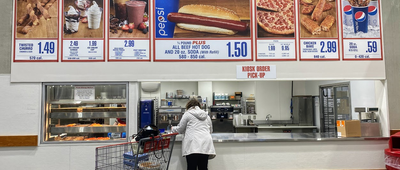Plotting to Save
Growing your own garden is a smart way to save money on delicious, fresh produce, but you don't need to be born with a green thumb to harvest a fruitful bounty. You also don't need to spend huge sums on plants, gardening supplies, or hired landscapers either — despite what some nurseries or big-box stores might tell you. From free seeds and compost to low-cost ways to care for your plants, here's how to continue gardening for dirt cheap.































